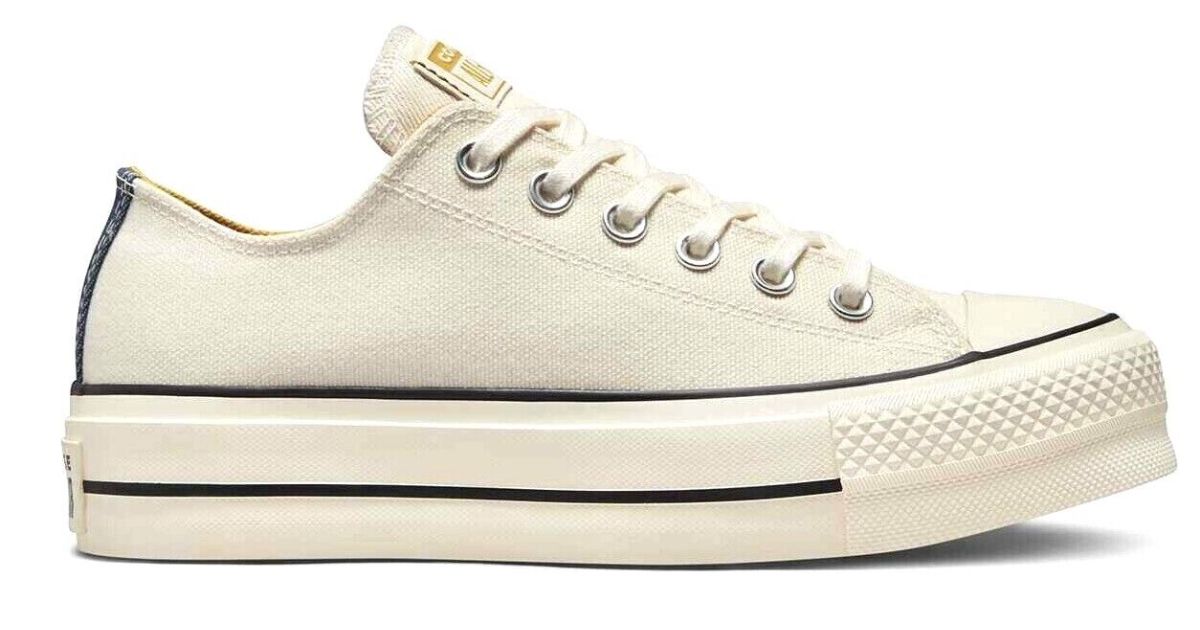Basketball players often opt for low-top shoes, despite the sport’s high-impact nature. The choice might seem counterintuitive considering the ankle support high-tops offer. Understanding the rationale behind this preference involves a blend of performance, agility, and personal comfort.
In the world of basketball, the preference for low-top shoes among players sparks curiosity. It challenges the conventional wisdom that high-top shoes provide better ankle support. Exploring the reasons behind this choice uncovers intriguing insights into player preferences and performance.
While high-top basketball shoes are conventionally believed to provide more ankle support, many players choose low-top shoes for increased agility, freedom of movement, and a preference for lighter footwear. Modern designs also incorporate advanced materials that offer adequate support without compromising maneuverability.
The Evolution of Basketball Footwear
Historical Perspective
Historically, high-top shoes were favored in basketball due to their perceived ability to provide enhanced ankle support. Initially, these shoes were designed to reduce ankle injuries during the game, with their higher collars offering stability and protection. However, as the sport evolved and athleticism became more dynamic, so did the footwear preferences of players.
Rise of Low-Top Shoes
The emergence of low-top shoes in basketball gained momentum as players sought to improve their agility and maneuverability on the court. The transition from high-tops to low-tops was a paradigm shift, led by players seeking increased freedom of movement without compromising support. This shift was not merely about aesthetics but about functionality and performance.
Understanding the Low-Top Preference
Agility Over Ankle Support
Contrary to the common assumption that high-tops are necessary for ankle protection, many players prioritize agility and flexibility. Low-top shoes allow for enhanced mobility and quicker responses during gameplay. Players require the ability to cut, pivot, and change direction rapidly, which low-tops facilitate due to their lighter and less restrictive design.
Technology and Design Innovations
Advancements in materials and design have played a crucial role in the evolution of low-top basketball shoes. Modern low-top models integrate innovative support mechanisms, such as reinforced midsoles and improved lacing systems, which offer adequate ankle support without compromising on the shoe’s overall weight and flexibility.
Scientific Perspectives and Player Preferences
Injury Risk and Performance
Studies have shown that the type of shoe does not significantly impact the rate of ankle injuries in basketball. Factors such as player conditioning, court conditions, and individual play style often have more influence. This has prompted players to prioritize other features over ankle support, focusing more on performance-enhancing elements.
Personal Comfort and Fit
Another critical factor in the choice of low-top shoes is the individual comfort and fit for the players. While some players feel more secure in high-tops, others find low-tops more comfortable, providing a better fit for their playing style and overall comfort during the game.
Are high tops bad for basketball?
High tops aren’t necessarily bad for basketball. They’re designed for ankle support, but some players feel restricted in their movements. For some, high-tops might limit agility and speed, affecting their gameplay comfort and style. This can lead players to explore different techniques or habits to enhance their performance, such as adjusting their footwear or even employing specific rituals like the one involving “Why Do Basketball Players Touch The Bottom Of Their Shoes?”
Players should choose based on their needs; high-tops offer ankle stability, but some find low-tops better for maneuverability and comfort. It’s about finding the right balance between support and movement for individual performance on the court.
Are low-top basketball shoes safe?
Low-top basketball shoes can be safe when designed with proper support and quality materials. While they offer less ankle coverage than high-tops, modern low-top designs incorporate technology for adequate ankle support, reducing the risk of injuries during play.
The safety of low-top shoes depends on individual preferences and playing style. Some players feel comfortable and secure in low-tops, benefiting from increased agility and freedom of movement, while others might opt for the extra ankle support provided by high-top shoes for added safety on the court.
Why low top shoes better?
Low-top shoes offer increased agility and freedom of movement on the basketball court. Their lighter design allows for swifter cuts, quicker sprints, and improved responsiveness, giving players the flexibility and speed needed to outmaneuver opponents effectively.
Players often find low-tops more comfortable, offering a natural feel and less restriction. Despite the lower collar height, modern low-top designs incorporate advanced support features, providing adequate ankle support while promoting enhanced performance.
Are low tops OK for basketball?

Yes, low-top basketball shoes are suitable for the game. They offer agility and flexibility, aiding in quick movements on the court. While they might have less ankle support compared to high-tops, many players prefer the freedom and mobility low-tops provide for their style of play.
Players find low-tops comfortable and supportive enough for their needs. Modern designs incorporate technology that balances support and maneuverability, ensuring players can perform effectively while feeling light and agile on the court. Ultimately, it’s about individual player preferences and finding the right balance between support and agility.
Table: Comparison between Low-Top and High-Top Basketball Shoes
| Aspect | Low-Top Shoes | High-Top Shoes |
| Ankle Support | Moderate to Adequate Support | Enhanced Support |
| Mobility | High Maneuverability and Flexibility | Restricted Movement |
| Weight | Lightweight and Less Restrictive | Heavier and More Constricting |
| Player Preference | Preferred by Players Emphasizing Agility | Preferred by Players Seeking Enhanced Ankle Support |
FAQs
Are low-top basketball shoes less supportive than high-tops?
While they offer moderate support, low-tops prioritize agility over extensive ankle support.
Do low-top shoes hinder a player’s performance on the court?
No, they actually enhance maneuverability and freedom of movement.
Are low-top shoes lighter than high-top basketball shoes?
Yes, low-tops are generally lighter, allowing for increased speed and agility.
Why do some players prefer low-top shoes despite the risk of ankle injuries?
Players prioritize agility and comfort, and various factors contribute to injury risk beyond shoe type.
Do low-top shoes offer any ankle support at all?
Yes, modern low-top designs incorporate supportive technology, offering adequate ankle support without compromising agility.
Conclusion
The choice between low-top and high-top basketball shoes is a dynamic preference shaped by performance, agility, personal comfort, and the evolution of shoe technology. While high-tops were traditionally associated with ankle support, the shift towards low-tops is primarily about enhancing agility without compromising safety and support.
Ultimately, the decision between low-top and high-top shoes comes down to the individual player’s comfort, style of play, and the ever-evolving advancements in footwear technology. As the game continues to evolve, basketball players will continue to seek the perfect balance between agility, support, and performance in their choice of footwear.



